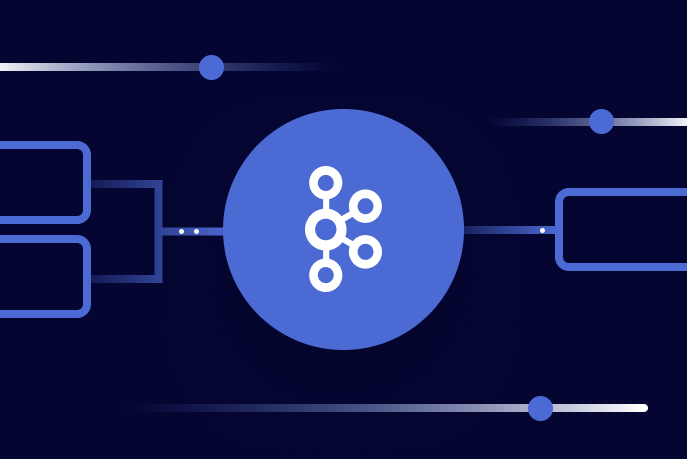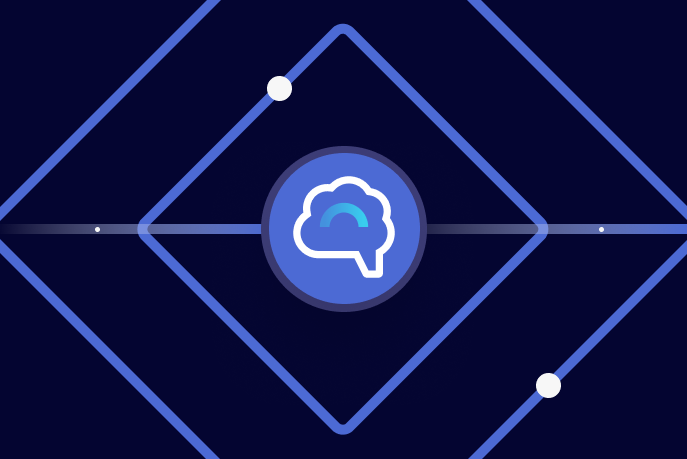[Webinar] How to Implement Data Contracts: A Shift Left to First-Class Data Products | Register Now
Technology
Data Products, Data Contracts, and Change Data Capture
Change data capture is a popular method to connect database tables to data streams, but it comes with drawbacks. The next evolution of the CDC pattern, first-class data products, provide resilient pipelines that support both real-time and batch processing while isolating upstream systems...
Unlock Cost Savings with Freight Clusters–Now in General Availability
Confluent Cloud Freight clusters are now Generally Available on AWS. In this blog, learn how Freight clusters can save you up to 90% at GBps+ scale.
Contributing to Apache Kafka®: How to Write a KIP
Learn how to contribute to open source Apache Kafka by writing Kafka Improvement Proposals (KIPs) that solve problems and add features! Read on for real examples.
Introducing the Next Generation of Control Center for Confluent Platform: Enhanced UX, Faster Performance, and Unparalleled Scale
This blog announces the general availability of the next generation of Control Center for Confluent Platform
New in Confluent Cloud: Bringing Together the Best of Batch and Stream Processing
CC Q2 2025 adds Tableflow support for Delta Lake tables, Flink Snapshot Queries, maximum eCKU configuration for elastically scaling clusters, and more!
5 Steps to Building With AI: What It Can Do Reliably (and How to Start)
This post introduces the VISTA Framework, a structured approach to prioritizing AI opportunities. Inspired by project management models such as RICE (Reach, Impact, Confidence, and Effort), VISTA focuses on four dimensions: Business Value, Implementation Speed, Scalability, and Tolerance for Risk
The Future of AI Agents is Event-Driven
For AI agents to transform enterprises with autonomous problem-solving, adaptive workflows, and scalability, they need event-driven architecture (EDA) powered by streaming data.
How to Build a Multi-Agent Orchestrator Using Apache Flink® and Apache Kafka®
Just as some problems are too big for one person to solve, some tasks are too complex for a single artificial intelligence (AI) agent to handle. Instead, the best approach is to decompose problems into smaller, specialized units so that multiple agents can work together as a team.
Why Google’s Agent2Agent Protocol Needs Apache Kafka®
By combining Google A2A’s structured protocol with Kafka’s powerful event streaming capabilities, we can shift from brittle, point-to-point integrations to a dynamic ecosystem where agents publish insights, subscribe to context, and coordinate in real time. Observability, auditability, and...
Building Streaming Data Pipelines, Part 1: Data Exploration With Tableflow
This blog post demonstrates using Tableflow to easily transform Kafka topics into queryable Iceberg tables. It uses UK Environment Agency sensor data as a data source, and shows how to use Tableflow with standard SQL to explore and understand the data.
3 Strategies for Achieving Data Efficiency in Modern Organizations
The efficient management of exponentially growing data is achieved with a multipronged approach based around left-shifted (early-in-the-pipeline) governance and stream processing.
Guide to Consumer Offsets: Manual Control, Challenges, and the Innovations of KIP-1094
The guide covers Kafka consumer offsets, the challenges with manual control, and the improvements introduced by KIP-1094. Key enhancements include tracking the next offset and leader epoch accurately. This ensures consistent data processing, better reliability, and performance.
Why Is My Apache Flink® Job Not Producing Results?
An Apache Flink® job not producing results often indicates an issue with watermarks, which are necessary for handling out-of-order message processing in time-based aggregations from Kafka. Watermarks balance data loss and latency by defining how long to wait for late messages. Incorrectly setting...
Unlocking Data Insights with Confluent Tableflow: Querying Apache Iceberg™️ Tables with Jupyter Notebooks
This blog explores how to integrate Confluent Tableflow with Trino and use Jupyter Notebooks to query Apache Iceberg tables. Learn how to set up Kafka topics, enable Tableflow, run Trino with Docker, connect via the REST catalog, and visualize data using Pandas. Unlock real-time and historical an...
Chopped: AI Edition - Building a Meal Planner
Dinnertime with picky toddlers is chaos, so I built an AI-powered meal planner using event-driven multi-agent systems. With Kafka, Flink, and LangChain, agents handle meal planning, syncing preferences, and optimizing grocery lists. This architecture isn’t just for food, it can tackle any workflow.
The AI Silo Problem: How Data Streaming Can Unify Enterprise AI Agents
Salesforce has Agentforce, Google launched Agentspace, and Snowflake recently announced Cortex Agents. But there’s a problem: They don’t talk to each other…
Shifting Left: How Data Contracts Underpin People, Processes, and Technology
Explore how data contracts enable a shift left in data management making data reliable, real-time, and reusable while reducing inefficiencies, and unlocking AI and ML opportunities. Dive into team dynamics, data products, and how the data streaming platform helps implement this shift.














